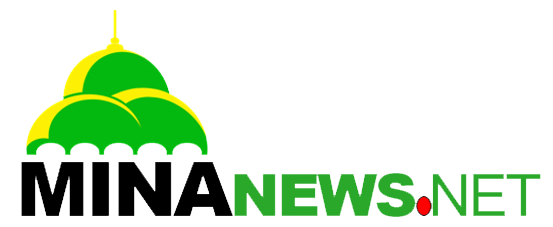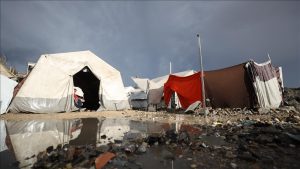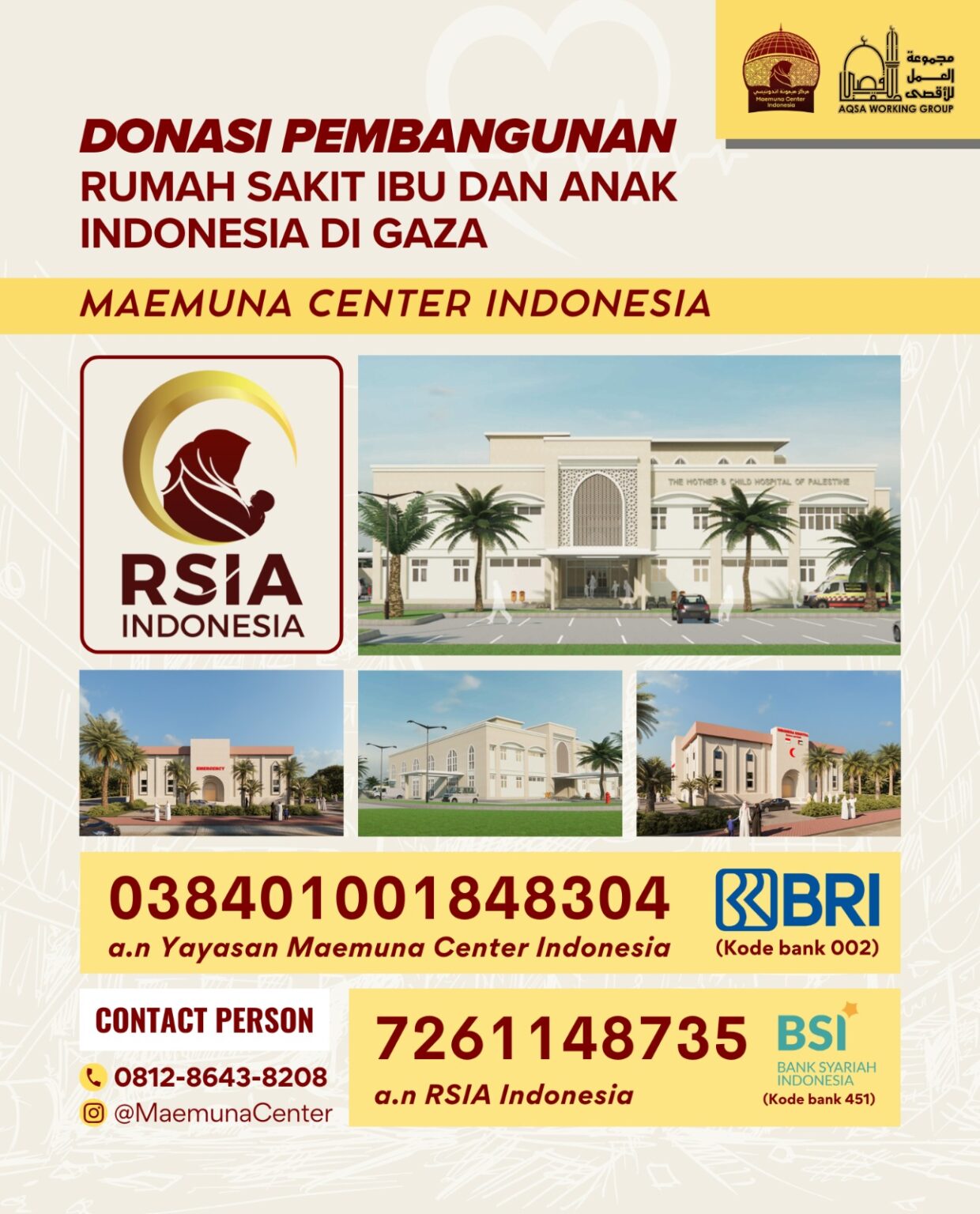by Abdul Halim Abdul Hamid and Norizaton Azmin Mohd Nordi
Abstract
The future of modern days banking is so uncertain. The sub-prime issues, escalating deterioration of world’s fiat money, the uprising of consumer good prices are a major cause of concerned in today’s economic zone. In current turbulence scenarios, looking for a new economic model such as the gold dinar would be justified. Evidence, showing that the usage of the gold dinar can curb inflation and loss of fiat money value over time, has been proven.
However, the gold dinar economy is new in today conventional banking system. In fact it cannot be implemented under the present banking scenario. Banks that exist today are based entirely on the concept of interest-bearing instruments and also the money multiplier principle or money creation. While the gold dinar economy, is base on ‘real money’ and promotes ‘real economy’.
Also Read: Saudi Arabia Wins Bid to Host World Expo 2030
This is because each gold dinar must be represented with actual money that contains a certain weight of gold. In this case the gold dinar will have 4.25 grams of pure fine gold. Real economy is where factory workers toil, doctors tend the sick, and where teachers teach and where roads, bridges, harbors, airports and railway systems are built.
The other economy, the ‘financial economy’, is not the economy of trade but of speculation. Its commerce is in financial instruments. Mostly, it is concerned with the exchange of equities, such as stocks, and securities, such as bonds and other forms of debt including currencies. Under the gold dinar system, for every transaction, trades and investments, real physical money do change hands. Therefore, it’s crucial that today’s banking begin to gradually change and become an “Entrepreneur Bank”. How entrepreneur banking system works in this gold dinar based economy? First, banks should change its role from becoming a debt provider to a partnership (Musyarakah).
Debt should be highly discouraged and should be avoided whenever possible. As mentioned in a hadith narrated by ‘Aisha, the wife of the Prophet: Allah Apostle used to invoke Allah in the prayer saying “…. O Allah, I seek refuge with You from the sins and from being in debt.” Somebody said to him, “Why do you so frequently seek refuge with Allah from being in debt?” The Prophet replied, “A person in debt tells lies whenever he speaks, and break promises whenever he makes them”.
Therefore, banks should become a trustee and a partner in business, instead of just being a debt provider. Secondly, debt should be discouraged especially in doing a business. If a customer approaches the bank for business loan, an entrepreneur bank should treat it as a partnership, in which the bank shall take part in running the business. An entrepreneur bank shall not merely observe from afar and reaps the profit when the business succeeds and left the business in despair when it fails. Banks should provide advises and assistance to entrepreneurs on how to improve the performance of their business.
Also Read: 148 Products from Indonesia Promoted at Sarawat Superstore Jeddah
This is the most crucial element in an entrepreneur bank because this may become its major source of income replacing the interest income. Thirdly, an entrepreneur bank should encourage spending on savings instead of spending on credit, which means an entrepreneur bank should encourage the used of debit card instead of credit card.
Finally, an entrepreneur bank should encourage its customers to do business which will give its customers an equal opportunity to prosper and to discourage monopoly business. The entrepreneur banking is truly a holistic effort that can uplift the Muslim ummah (community) economy to a much higher respected level, Insya’Allah (God Willing).
INTRODUCTION
Escalating gold price since the beginning of the millennium and constant devaluation of the US Dollar (USD) has somehow retarded the trust towards today’s fiat money, (see graph 1). In 1970, 1 ounce of gold cost USD35, while today it has skyrocketed to almost USD900. A merely more than 2500% increased. What is actually increased? An ounce of gold in the 1970’s does not differ with an ounce of gold today.
Also Read: Packaging Industry Supports Halal Ecosystem
So why does the price increased? Certain economic school of thought will put the blame on inflation, when in actual fact rising prices is an effect of inflation and not inflation itself. Inflation is an increase of the “money” supply [1]. When money supply increases, it will cause the fiat money value to depreciate, causing the consumer to have more fiat money to pay for the same commodity or services. Fig. 1 gives a good explanation of this phenomenon.
This inflation factor is used by the banking business today to justify interest charges, since today’s banking is base entirely on the concept of interest bearing instrument [2].

Graph 1: Gold price movement 2000 – present
Also Read: Indonesia-Japan Agree on Energy Transition Cooperation
Also Read: Dubai Expo 2020 Holds Special Event for Palestine
Also Read: Indonesia Increases Excise on Tobacco Products by 2022

Fig. 1: Price increase was due to money supply increase causing its value to decrease.
Also Read: Indonesia to Become the Center of Sharia Economy in 2024
Also Read: Indonesia to Host World Tourism Day 2022
Also Read: Chinese Companies Begin to Explore Lithium in Afghanistan
Major portion of bank’s income is derived from interest income. Interest income is derived from the loan that was given out to a bank’s customer, from depositor’s funds after deducting the required reserve set by the law. Banks will loan out a portion of depositor’s money and charge the borrower with interest [3]. The borrower will then deposits this loan into his account in the same bank or other bank, in which a portion of this money will be loan out to some other customer.

Fig. 2: An example of Money Multiplier transaction and the effect of inflation.
This is known as money multiplier or money creation [4]. Money is created out of thin air that’s benefits few but oppressed many others. This act is certainly unacceptable, not just because it’s practicing Riba (usury) but also an act of zulm (injustice). A better illustration of money multiplier and the inflation effect can be seen from figure 2. Since today’s banking system is a Riba based institution that forbids Muslim’s to indulge into it, therefore the usage of the gold dinar economy that was once an Islamic icon need to be reestablished. In the gold dinar economy system, real gold and silver is used as money. Dinar will have 4.25 grams of pure fine gold and dirham will contain 3.0 grams of pure fine silver [5]. Dinar and dirham can be considered as ‘real money’ or ‘live money’ and it is difficult to simply create or print or controlling its supply and demand through the use of interest rate. This is due to the fact that gold and silver is limited in supply by natural factors and requires scarce resources to produce [6]. Furthermore, in gold dinar economy system, a hundred percent reserve and liquidity requirement is required. Therefore, it is different from fiat money, in which its existence promotes money multiplier and interest charges.
Also Read: European Union Explores Cooperation in Sustainable Palm Oil Production in Riau
TODAY’S ECONOMY VERSUS GOLD DINAR ECONOMY
Today’s economy can be divided into two, where one is the real economy and the other known as the financial economy. According to Joel Kurtzman in his book titled “The Death of Money”, the ‘real economy’ is where products are made, trade is conducted, research is carried out and services are rendered. The real economy is where factory workers toil, doctors tend the sick, and where teachers teach and where roads, bridges, harbors, airports and railway systems are built.
He further mentioned that, the other economy, the ‘financial economy’, is somewhere between twenty and fifty times larger than the real economy. It is not the economy of trade but of speculation [7]. Its commerce is in financial instruments. Mostly, it is concerned with the exchange of equities, such as stocks, and securities, such as bonds and other forms of debt.
The latest and largest type of debt that the financial economy trades from a technical standpoint is money [8]. Unlike fiat money, which promotes ‘financial economy’, gold dinar economy will promote ‘real economy’, whereby for every transaction, trades and investments, real physical money does change hands. Thus, we can say that the gold dinar economy system can become a threat to the modern day banking business due to the fact that it cannot be simply multiplied.
As a result, the interest income derived from the money multiplier activity will be diminished. What the modern day banking system did is just widening the gap between the rich and the poor through the use of interest rate [9]. Fig. 3 gives a simple explanation of the modern day banking scenario and fig. 4 shows how a bank supposedly be. It seems obvious that in the gold dinar economy, the present banking practices cannot be applicable. An alternative banking system has to be sought, and it’s called the “entrepreneur bank”. (T/AHAH/NAMN/R-006/R-007)
Mi’raj News Agency (MINA)



























 Mina Indonesia
Mina Indonesia Mina Arabic
Mina Arabic